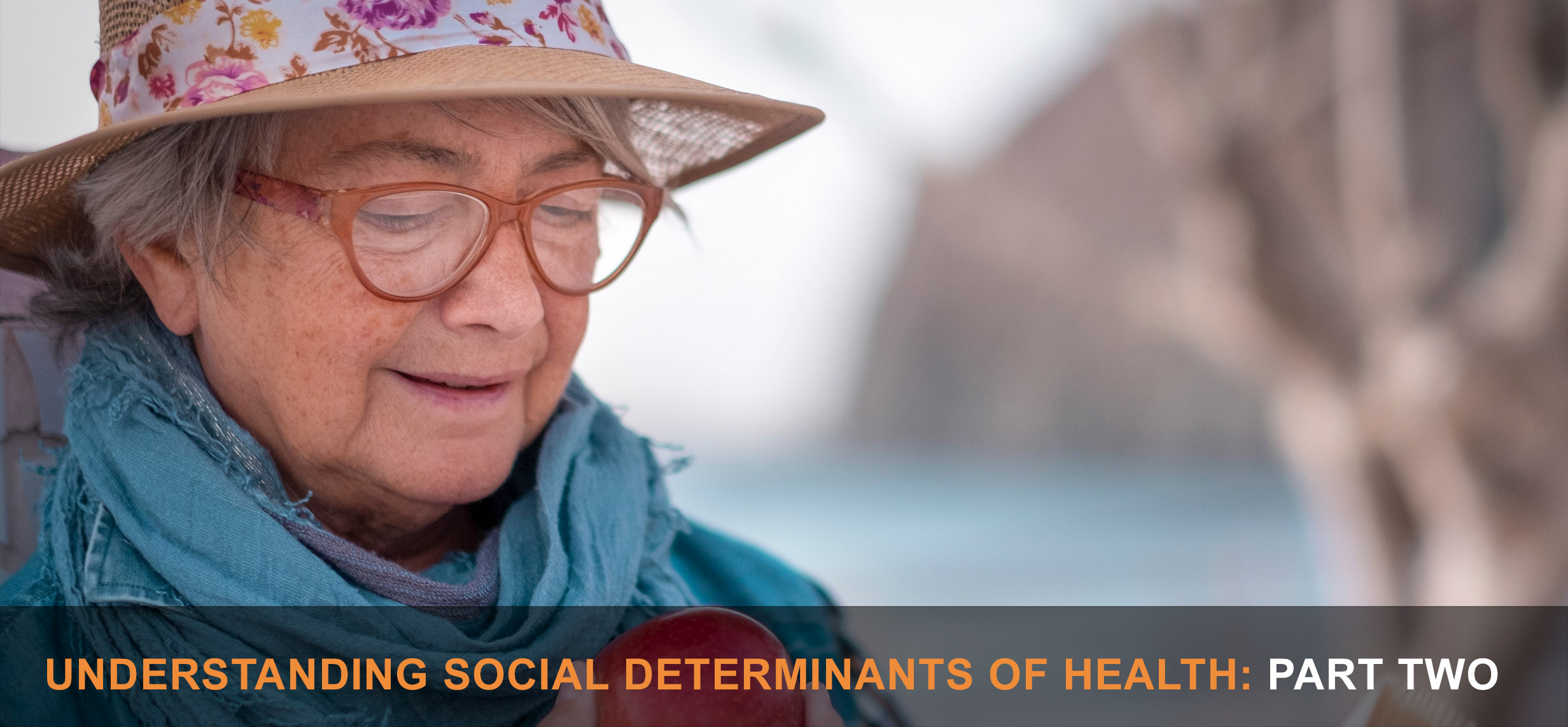Social Determinants of Health: Education Access and Quality
19 . 11 . 2021
19 . 11 . 2021
| < Read previous article in this series | Read next article in this series > |

It is commonly known that good habits like eating well, maintaining a good weight, not smoking, and getting regular checkups can lead to better health. What is not as widely known is that access to quality education has been correlated to better health outcomes and possibly a longer life. In fact, individuals who graduate college live up to five years longer than those who did not graduate from high school. For this reason, the CDC considers education one of the top five social determinants of health (SDOH).
The link between education and health is the subject of a study in The Lancet Public Health2, showing that across a large, multi-national group of older individuals, education and associated wealth accumulation over a lifetime may improve overall health outcomes for the individual, support good and sustainable habits, and inform a deeper understanding of behaviors that affect overall wellness.
Exactly how access to education impacts health may be attributable to multiple factors:
Financial security
People who have had access to advanced education tend to be more financially secure and experience an increased lifetime earning potential. Financial security often offers better access to factors that impact health, such as high-quality food, better-maintained homes and neighborhoods, consistent health insurance, and more effective medical treatment.
Critical thinking
Education also prepares people to analyze information, manage complex problems, and have the critical skills needed to navigate today’s complicated healthcare system. As an example, high school graduates have been found to have fewer chronic medical conditions such as hepatitis, stomach ulcers, and heart disease, than those who did not achieve that level of education.
Communications and language
In the United States, healthcare education is primarily communicated in English, therefore, if a hospital is underserved and doesn’t have an interpreter or handouts in multiple languages, there is a higher risk loss of understanding through communication. Proficiency in the English language makes is easier for patients to understand health treatment options, but many US residents, especially those with less access to education, struggle with speaking, reading, and understanding English.
Leveling the playing field: how the health system can help
Going back to school for more formal education is not an option for many adults. However, much can be done by stakeholders in the healthcare system, such as providers, payers, and government entities, to improve the health status and outcomes of individuals without access to education.
For example, we can help patients understand the importance of:
To address disparities in communication abilities, stakeholders can provide programs to ensure all patients, regardless of their language, understand their plan of care, medications prescribed, and symptoms to monitor. These may include:
Finally, because health information is often passed down in families, it has a direct influence on one’s approach to health from a young age. Therefore, encouraging children and grandchildren to learn how to navigate the healthcare system and seek quality care is crucial to improving their lives in the future, regardless of what level of education they achieve.
By improving access to education and helping to mitigate barriers for those unable to gain a quality education, we can help ensure that all people can make good, informed decisions about their healthcare and improve health outcomes.
Understanding social determinants of health
The term, “social determinants of health” refers to environmental and community barriers to quality care. In our SDOH series, we’re covering the areas that reflect those barriers most often, as outlined by the CDC. Read more about the social determinants of health in our library or bookmark our SDOH resources page to see how myNEXUS is helping to overcome these barriers and improve patient outcomes in the home.
| < Read previous article in this series | Read next article in this series > |
SOURCES:
https://publichealth.tulane.edu/blog/social-determinant-of-health-education-is-crucial/
https://health.gov/healthypeople/objectives-and-data/browse-objectives/education-access-and-quality
https://essentialhospitals.org/quality/social-determinants-of-health-education/
The Lancet, Public Health EDITORIAL|VOLUME 5, ISSUE 7, E361, JULY 01, 2020